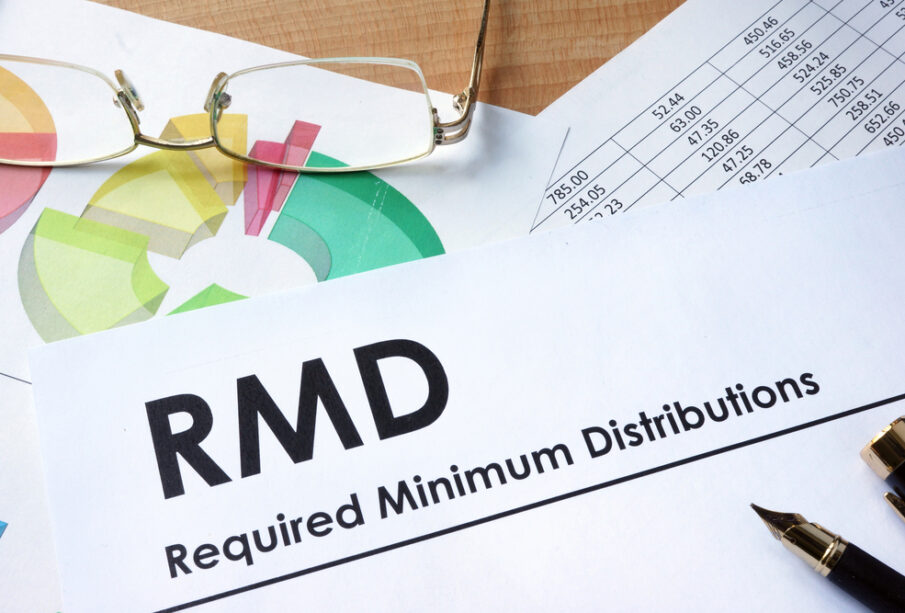Understanding Required Minimum Distributions (RMDs)

When you contribute to tax-advantaged retirement accounts like your TSP, those contributions are typically made pre-tax, meaning they haven’t been taxed yet. Eventually, the federal government requires you to start withdrawing money from these accounts so they can collect the taxes owed. These mandatory withdrawals are known as Required Minimum Distributions (RMDs).
When Do RMDs Start?
RMDs begin when you reach age 73. For the year you turn 73, you have until April 1 of the following year to take your first RMD. However, all subsequent RMDs must be taken by December 31 each year. Failing to withdraw the required amount can result in a steep penalty of up to 25% of the amount you were supposed to take.
How Are RMDs Determined?
Your RMD amount is calculated using the balance of your retirement account as of December 31 of the previous year. This balance is divided by a figure from the IRS life expectancy tables. For instance, if your account balance is $500,000 and you are 75 years old, the divisor for someone with a spouse less than 10 years younger would be 24.6. Dividing $500,000 by 24.6 means your RMD would be $20,325.
Strategies to Manage RMDs
If you don’t need your RMD for living expenses and want to reduce your tax burden, consider these alternatives:
- Qualified Charitable Distributions (QCDs): You can direct your RMD to a qualified charity, which excludes the amount from your taxable income.
- Roth Conversions: Rolling your retirement funds into a Roth account requires paying taxes upfront but eliminates future RMDs. Roth accounts also allow your money to grow tax-free, and withdrawals, under certain conditions, are tax-free as well.
Crafting a Withdrawal Strategy
Many retirees worry about outliving their savings and may adopt an overly cautious withdrawal approach early in retirement. While this preserves funds, it could limit your enjoyment during the years when you’re most active. RMDs may feel like a depletion of your savings, but with even a modest annual return (around 4% to 5%), your account balance could recover to its pre-withdrawal amount over time.
Plan Ahead for Retirement
Retirement planning is more than just crunching numbers, it’s about envisioning the life you want to lead and aligning your finances to support it. Start planning early to build a strategy that works for your goals. Consult with a financial professional, such as an FRC® trained advisor, to create a tailored plan that ensures a fulfilling and financially secure retirement.















